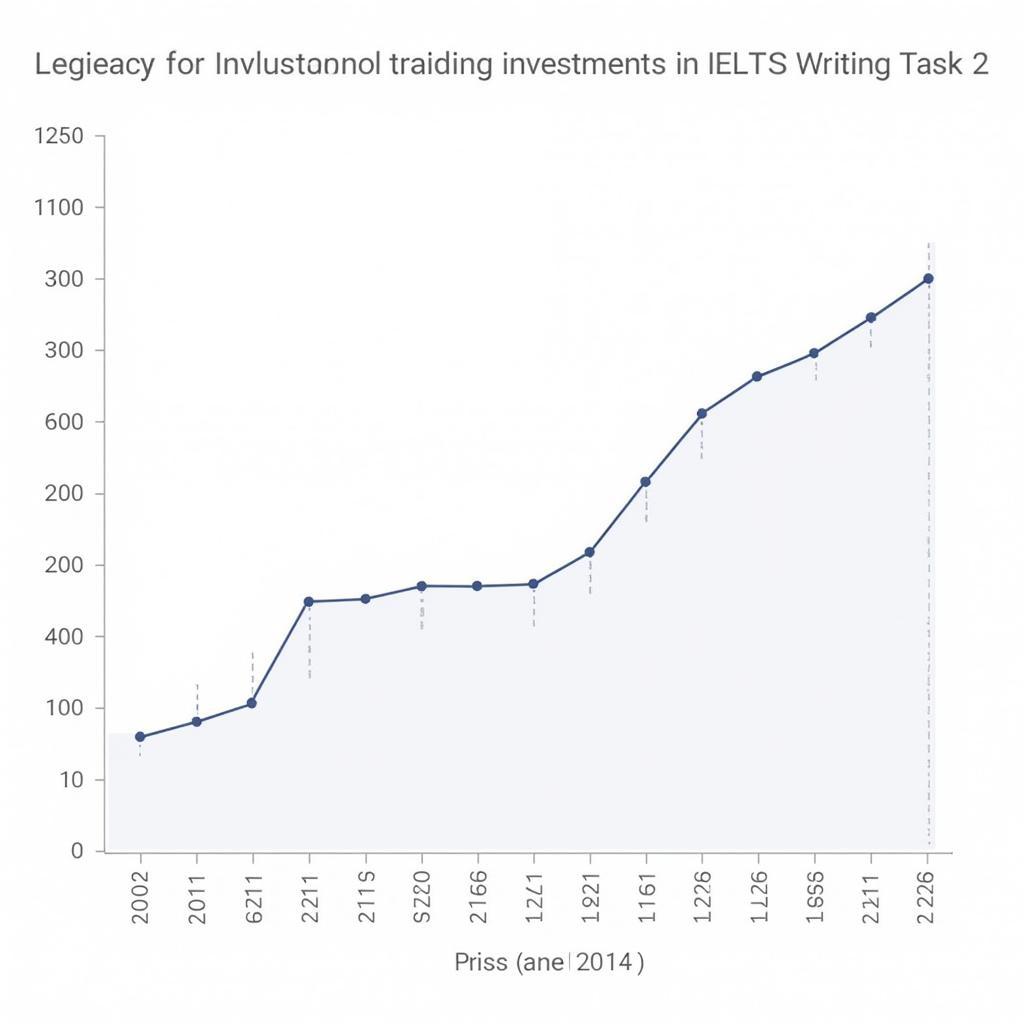Topics related to financial investments, particularly bonds and stocks, have appeared multiple times in IELTS Writing Task 2 exams over the past decade. Based on analysis of past papers, this theme commonly appears in Advantage/Disadvantage or Discussion essays, with a frequency of about 15-20% in economics-related questions.

Sample Question Analysis
Some people prefer to invest in bonds while others choose to invest in stocks. Discuss both views and give your opinion.
This question requires candidates to:
- Examine reasons why people choose bonds
- Analyze motivations for stock investment
- Present a balanced discussion
- Provide their personal viewpoint with justification
Model Essay 1 (Band 8.5)
People have different preferences when it comes to investment vehicles, with some favoring the stability of bonds while others opt for the potential higher returns of stocks. This essay will examine both investment approaches and argue that a balanced portfolio incorporating both instruments is often the most prudent strategy.
Those who prefer bonds typically prioritize security and predictable returns. Government and corporate bonds offer fixed interest payments and return of principal at maturity, making them particularly attractive to risk-averse investors like retirees who depend on regular income. Moreover, bonds generally exhibit lower price volatility compared to stocks, providing relative stability during market turbulence. This conservative approach helps preserve capital, which is crucial for those who cannot afford significant losses.
On the other hand, stock investors are often drawn to the possibility of superior long-term returns. Historical data demonstrates that equities have outperformed bonds over extended periods, particularly when accounting for inflation. Furthermore, stocks offer potential capital appreciation through both market value increases and dividend growth. Technology companies like Apple and Amazon exemplify how stockholders can benefit from a company’s success through dramatic share price appreciation.
In my view, while both investment types have merit, the optimal approach typically involves maintaining a diversified portfolio containing both bonds and stocks. This strategy allows investors to benefit from the stability of bonds while capturing the growth potential of equities. The specific allocation between these instruments should reflect individual factors such as age, risk tolerance, and financial goals. Young professionals might weight their portfolios toward stocks to maximize growth potential, while those near retirement might increase their bond allocation for greater security.
Model Essay 2 (Band 6.5)
Nowadays, many people want to invest their money. Some people like bonds but others prefer stocks. I will discuss both choices and give my opinion.
First, bonds are good for some investors. They are safer than stocks because the government or companies promise to pay back the money. Also, bonds give regular interest payments which is good for old people who need money every month. Many people think bonds are boring but safe.
However, other people choose stocks because they can make more money. When companies do well, their stock prices go up and investors get rich. For example, people who bought Amazon stocks many years ago have made lots of money. But stocks can also go down and people can lose money, which is the main problem.
I think both investments have good and bad points. The best way is to buy both bonds and stocks. This helps protect money while also giving a chance to make more profit. Young people can buy more stocks because they have time to wait if prices go down. Older people should buy more bonds to keep their money safe.
Score Analysis
Band 8.5 Essay:
- Sophisticated vocabulary and complex structures
- Clear organization with coherent paragraphs
- Well-developed arguments with specific examples
- Effective use of linking devices
- Demonstrates thorough understanding of the topic
Band 6.5 Essay:
- Simple but clear vocabulary
- Basic paragraph structure
- Limited range of complex sentences
- Some repetition of ideas
- Less sophisticated examples and reasoning
Key Vocabulary
- Investment vehicles (n) /ɪnˈvest.mənt ˈviː.ɪ.kəlz/ – Financial instruments for investing
- Portfolio (n) /pɔːtˈfəʊ.li.əʊ/ – Collection of investments
- Risk-averse (adj) /rɪsk əˈvɜːs/ – Preferring to avoid risk
- Volatility (n) /ˌvɒl.əˈtɪl.ə.ti/ – Tendency to change rapidly
- Capital appreciation (n) /ˈkæp.ɪ.təl əˌpriː.ʃiˈeɪ.ʃən/ – Increase in asset value
- Diversification (n) /daɪˌvɜː.sɪ.fɪˈkeɪ.ʃən/ – Spreading investments across different types
- Asset allocation (n) /ˈæs.et ˌæl.əˈkeɪ.ʃən/ – Distribution of investments
For practice, try writing your own essay on this topic and share it in the comments. Consider also exploring related topics like cryptocurrency investments, real estate markets, or retirement planning strategies.